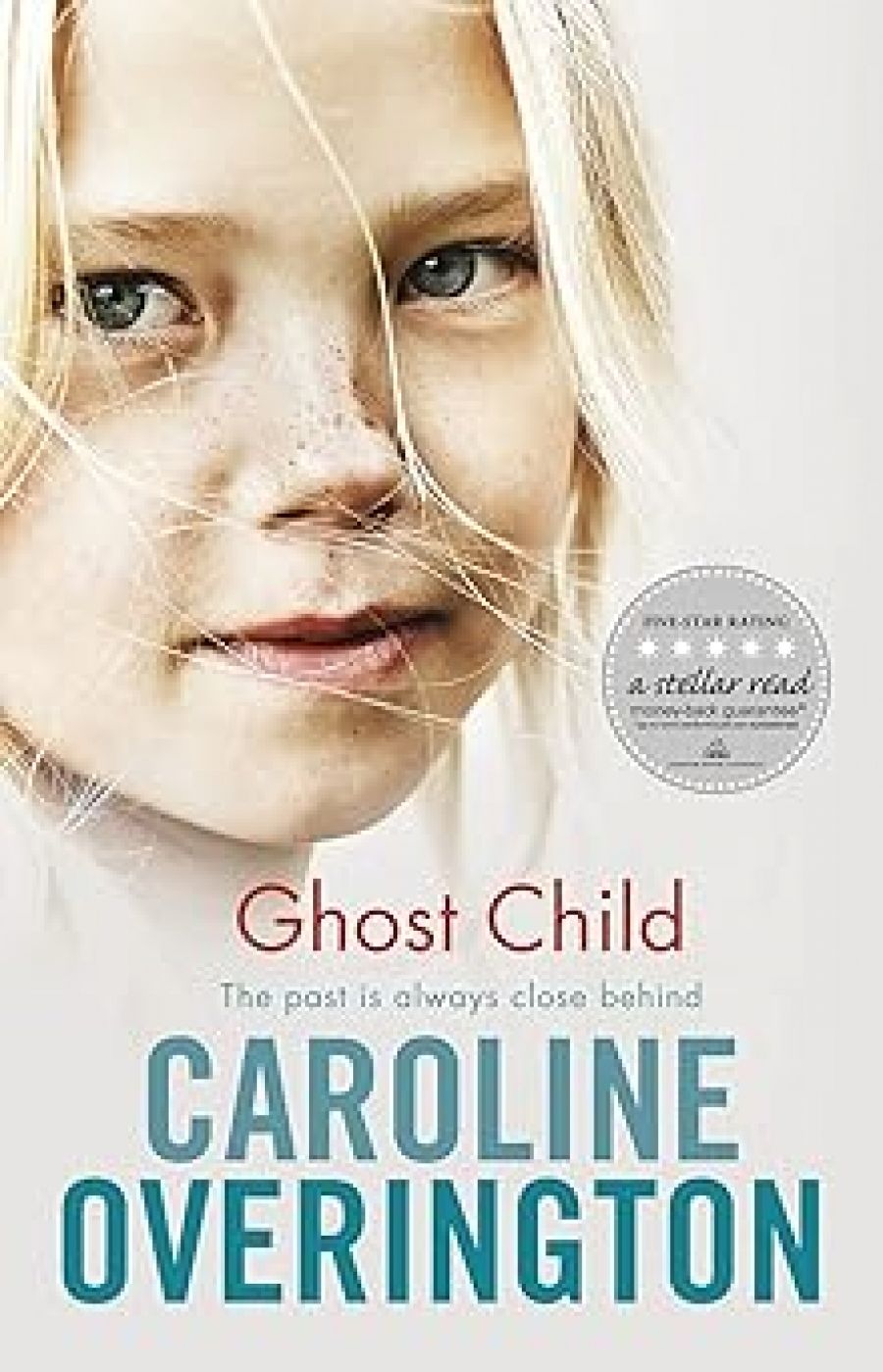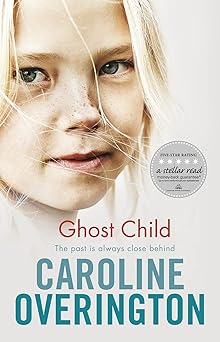
- Free Article: No
- Contents Category: Fiction
- Review Article: Yes
- Article Title: Quiet questions
- Online Only: No
- Custom Highlight Text:
‘You can say a lot more in fiction than you can say in the paper,’ Caroline Overington, journalist and author of two non-fiction books, has remarked of her decision to write a novel. In Ghost Child, she uses this extra scope to consider difficult questions often overlooked in the fast-moving news cycle.
- Book 1 Title: Ghost Child
- Book 1 Biblio: Bantam, $32.95, 376 pp
- Book 1 Cover Small (400 x 600):

The story is told in a series of short first-person monologues. Some voices recur throughout the book and are intimately involved in the case. Others are heard just once and intersect only fleetingly with the lives of the Cashman children. This chorus of competing perspectives is a common device in recent popular fiction. The author chooses a topical, emotionally confronting ‘issue’, and places it at the centre of her plot. She then explores her knotty subject – its catch-22s, moral conundrums and ramifications – by presenting the incomplete and often conflicting views of a large cast of characters. The queen of this genre is Jodi Picoult, the American author of such blockbusters as My Sister’s Keeper and The Pact. Ghost Child has more than its structure in common with Picoult’s work: the sad-eyed, soft-focused young girl on the cover, the ‘money-back guarantee’ sticker and the reading-group questions at book’s end make a clear grab for Picoult’s considerable audience.
And why not? At its best, popular fiction reflects the values, manners and anxieties of its day. At its worst, however, this kind of ‘issues’ fiction can be laboured and manipulative. Picoult may be the genre’s most successful author, but she also illustrates its pitfalls. In case her central subject – a school shooting, say, or a child forced to donate organs to a sibling – isn’t harrowing enough, extra bathos is extracted through contrived dilemmas, outlandish twists and cursory endings.
Ghost Child is a better book than this. Overington takes her subject seriously and treats it honestly; she offers few simple answers, pat resolutions or cathartic revelations. This makes for less superficial excitement than fans of the genre might be used to: in the absence of melodrama, quieter questions must keep the reader interested. Psychological depth is not the point: characters are sketched quickly but clearly. There is a flurry of public and media interest in the initial crime; Ghost Child considers what happens after this interest subsides. All sorts of misfortunes in the children’s futures can be traced back to their mother’s original sin, and the awfulness of what happened to Jacob is never glossed over. But the subsequent actions (and failures to act) of many other people also have a hand in shaping the children’s lives, and this is Overington’s main concern. It is too easy, the book suggests, to gawk at a crime scene and then turn away; responsibility for the children’s well-being should fall to the community as a whole.
As a study of a difficult and important social problem, the novel is mostly compelling. There are stylistic irritations, and the writing is sometimes heavy-handed. Narrators interrupt their stories to explain that, for instance, there were none of these new-fangled portable telephones in 1982. Some of the voices are clumsily over-accessorised (did young Australian women in the 1990s really use so many ‘grouses’ and ‘aces’?). This is probably meant to set the scene, but the effect is to jolt us out of it – we are regularly reminded that there is a prop-master off-stage, devising new ways to show that we are not in 2009 anymore. But Overington has a sharp eye for Australian class-markers, and the role of class in the book’s relationships is skilfully revealed. The police officer who investigates the crime knows right away that the public’s reaction to Jacob’s mother will be mixed. ‘Lisa was firmly in the bogan camp,’ he observes, ‘and I knew exactly what the good folk of Australia would see when she appeared later that night with Brian Naylor on the six o’clock news … There would be a fair amount of sympathy for her plight … but on some other level, she would have been repellent.’
We never hear directly from Jacob’s mother or from her boyfriend, the only adult witnesses to the crime. The closest we get, towards the end of the book, is a police officer’s paraphrase of their two contradictory statements. The motives for the violence, Overington seems to argue, are probably unknowable, and the details, in the scheme of things, inconsequential. Once a crime like this, terrible but irreversible, has been committed, what matters – and what Ghost Child sets out to examine – is what the rest of us do next.


Comments powered by CComment